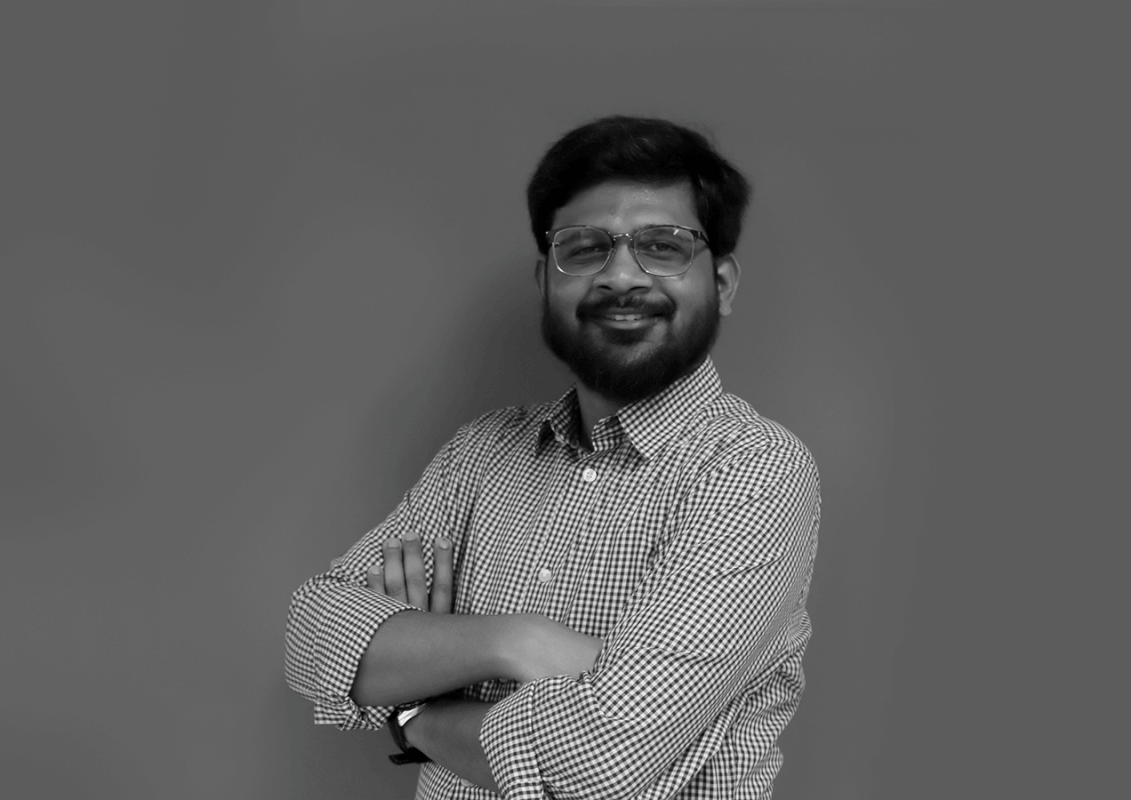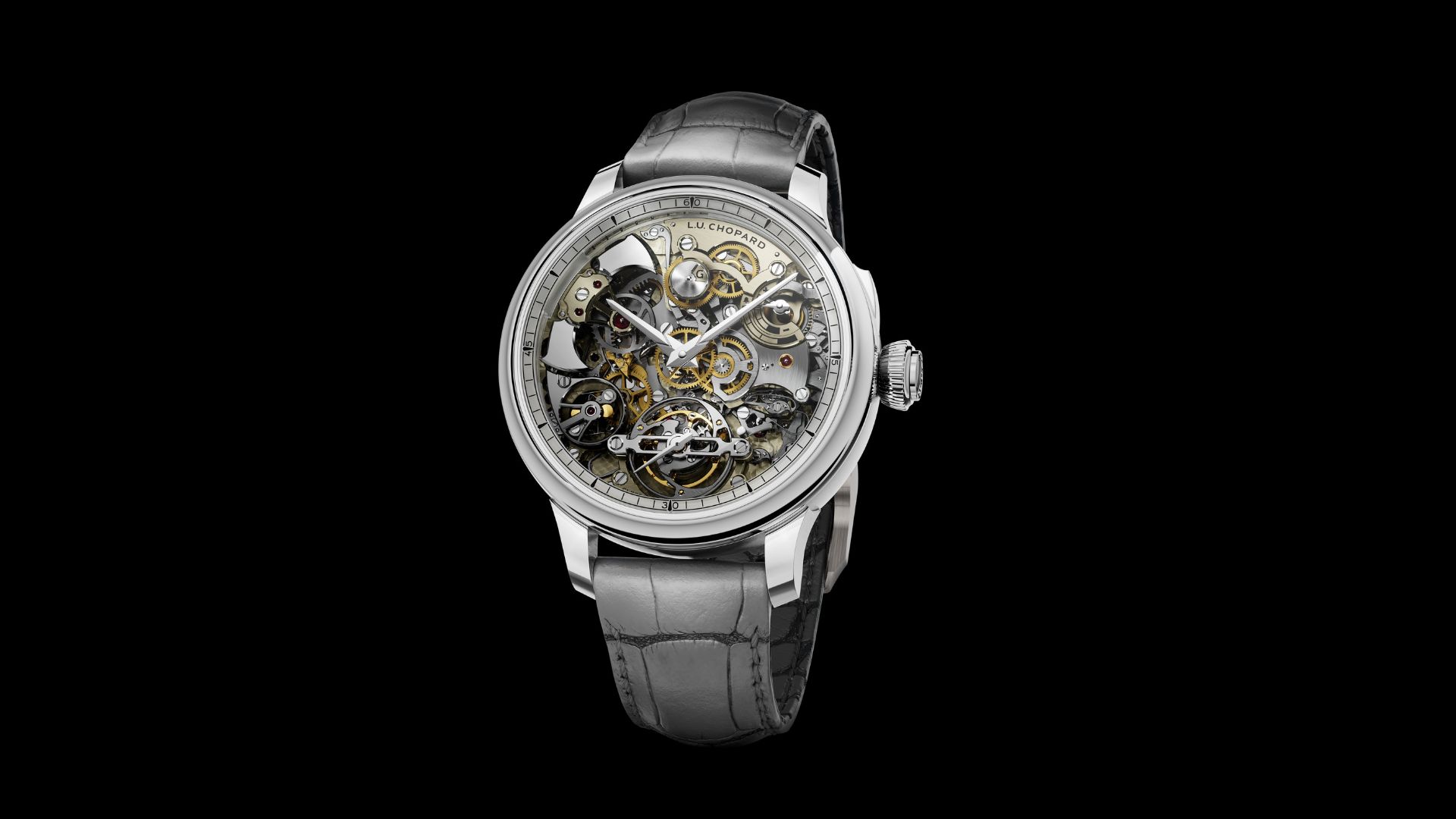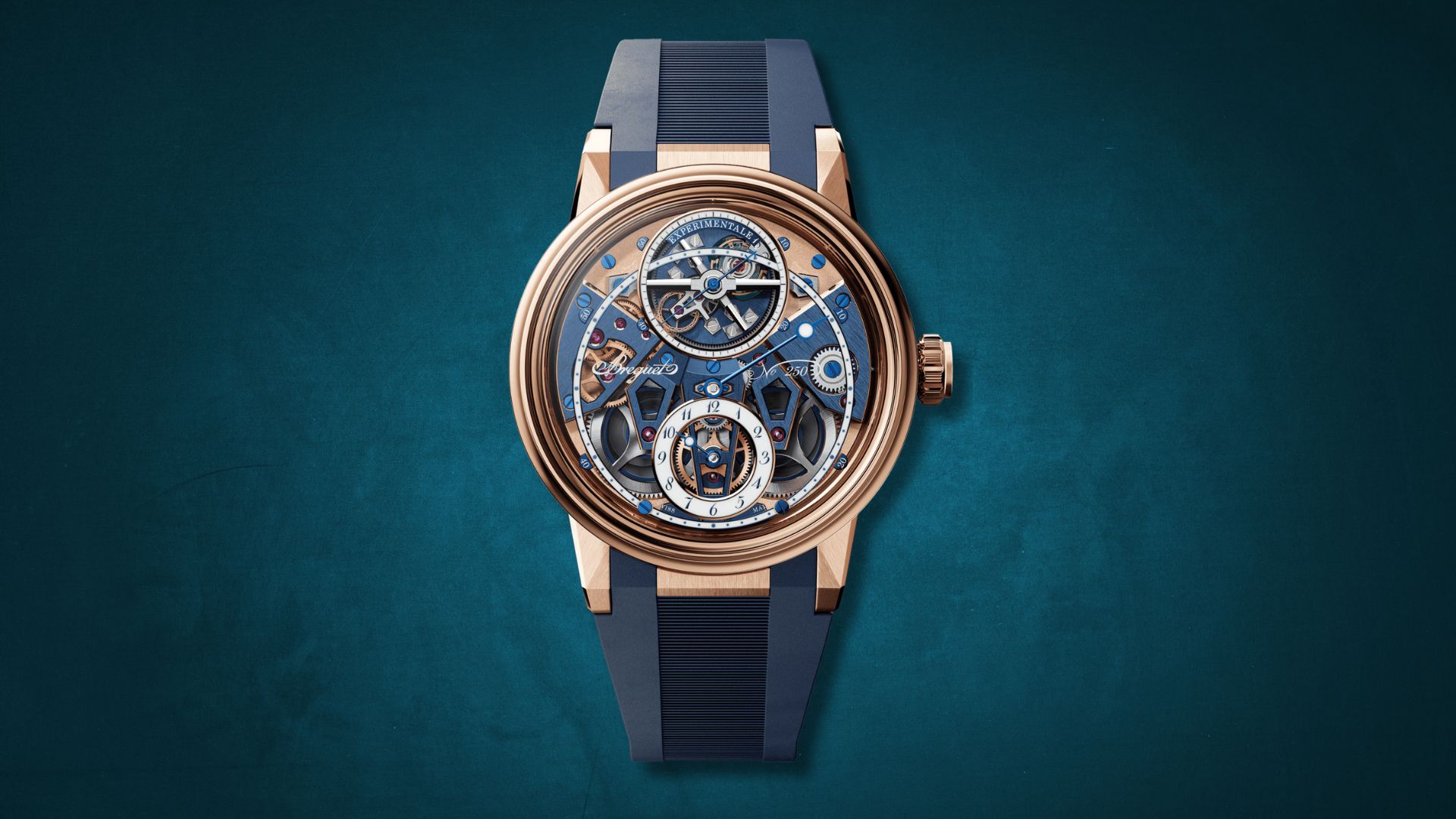I Wanted to Achieve a 1000-hour Power Reserve for a Wearable Size: Stéphane von Gunten of Haute-Rive


Stéphane von Gunten is not just any watchmaker. And his watch is not just any watch. He is a fifth-generation watchmaker and has worked with some of the most revered timepiece makers before setting out to realise his own ideas. His debut collection, Honoris I, boasts one of the longest power reserves for a wristwatch with a single spring barrel (40 days), a flying tourbillon, and a function selector column wheel at 2 o’clock.
GMT India caught up with the Founder of Haute-Rive to know more about the collection and his plans for India.

GMT INDIA: Congratulations on the debut of Haute-Rive! You belong to a watchmaking lineage. Could you tell us a little bit about your fondest memories while growing up in a family of watchmakers? How has that impacted your own horological journey?
Stéphane von Gunten: I was born in La Chaux-de-Fonds, which is the hub of watchmaking. In India, there is a place called Varanasi, which is the oldest city in the world. You can say La Chaux-de-Fonds is the oldest city when it comes to watchmaking. When you are born in this city, it becomes an obligation to become a watchmaker or at least you become connected with watchmakers. My great great grandfather was a watchmaker. Somehow I was inspired by him, although I had no idea what he did at that time. My grandfather is an engineer in watchmaking, my aunt was the first woman to be an engineer in watchmaking, and I have a lot of watchmaker friends. It's a strong family network of watchmakers and engineers, so, for me, it was only logical to step into that world.

GMT INDIA: In the past, you’ve worked with Ulysse Nardin, Gerard-Perregaux, and Patek Philippe. How have they shaped your horological ideas?
S v G: When you work with Patek Philippe, you feel like you are part of the family. When I was there, Philippe Stern was like my grandfather and they always promoted new ideas. I was involved in the Spiromax project and they are still using my inventions. Ulysse Nardin offered a different experience – it has offbeat ideas. I made a lot of Freak models together with the team. In fact, I was the inventor of the Free Wheel model. With Girard Perregaux, I was a technical advisor, looking after watch technicalities.
GMT INDIA: Honoris 1 has a 1000-hour power reserve, yet retains an elegant appeal. Please tell us how the idea for the timepiece took shape.
S v G: Here, you have a single barrel with a tourbillon. The other brands don’t have this mechanism. The LaFerrari from Hublot has a 50-day power reserve, it's a significant watch. Even Vacheron Constantin Traditionnelle Twin Beat Perpetual Calendar has a 65-day power reserve. What I wanted to achieve was a 1000-hour reserve for a wearable size.

GMT INDIA: Was fitting the movement inside the slim case challenging for you?
S v G: The main issue was the winding/the torque; the mainspring was very stiff and very long. This was when I came up with the idea of winding the watch through the bezel. If I had to use the crown, then I would need a very high torque ratio and the number of turns would exceed 1000 turns. Here, thanks to the bezel solution, you can wind the watch with 60 turns and get the 1000-hour power reserve.
GMT INDIA: How long does it take to create the watches?
S v G: These watches take about a year to make. I started the project in August 2022 and by August 2023, I had two prototypes ready. There are 300 components in the movement and I made all components in three months with the help of local suppliers in Switzerland. Only the calf leather straps are made in France and come with an interchangeable system. These are dress watches and I would prefer them with straps, instead of steel bracelets.

GMT INDIA: The watch is 42.5 mm in size. How were you able to fit the movement inside such a compact case?
S v G: It was a difficult task. The outer ring of the case is very thin, the movement is 38 mm. So, I had to find ways to minimise the case size and maximise the movement size in order to fit the huge mainspring into it.
GMT INDIA: Your ancestor, Irénée Aubry, created the Hebdomas pocket watch with an eight-day power reserve and the iconic pocket watch, presented to Pope Leo XII, that ran for 40 days with a single winding. Could you tell us more about these timepieces and the impact of that legacy on Haute-Rive?
S v G: Irénée Aubry, watchmaker, and my great grandfather were the real inventors. There was no real engineering course at that time. He has one of the first patents in Switzerland, No. 88, for that kind of pocket watch with a huge dial. The similarity between that and Haute-Rive creations lies in the placement of the mainspring at the centre of the watch.

GMT INDIA: What has been the response to Honoris 1 like? Will Haute-Rive be looking to expand its presence in the Indian market?
S v G: Ethos is an investor in the company and they helped me finance the project. We will definitely say “Thank You” to the Indian market and to Ethos. I would prefer to talk to the watch collector’s community, not just customers.

GMT INDIA: How do you think the independent brands will grow in the coming years?
S v G: The most important point here is creativity. Big brands have to focus on production, they have production constraints. Independent brands don’t have that constraint because we have small volumes and we can explore different ways of making mechanical watches. You will see a lot of different designs from independent brands. For instance, Jacob & Co. has huge watches with sapphire crystals while MB&F and H. Moser & Cie. have their own identity, and Philippe Dufour brings a classical touch.



















